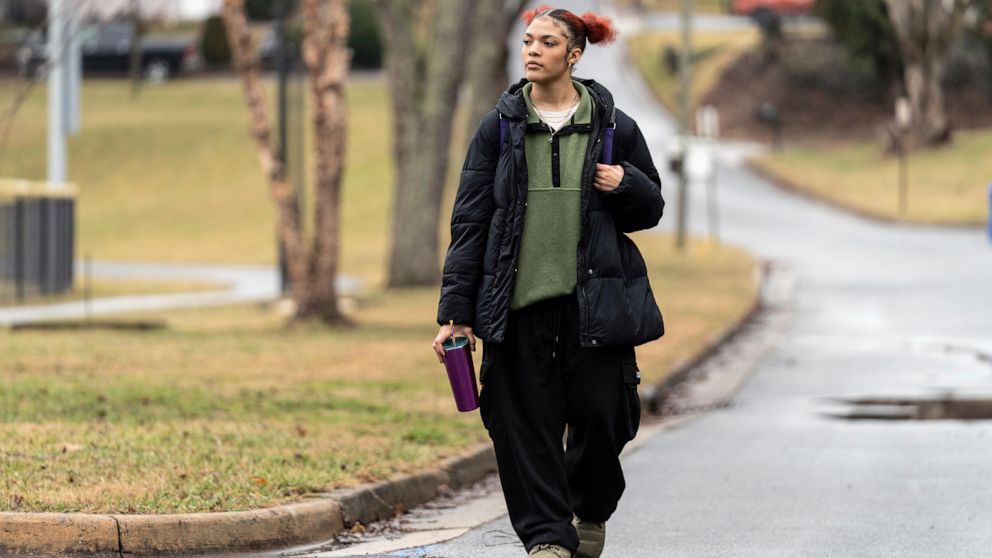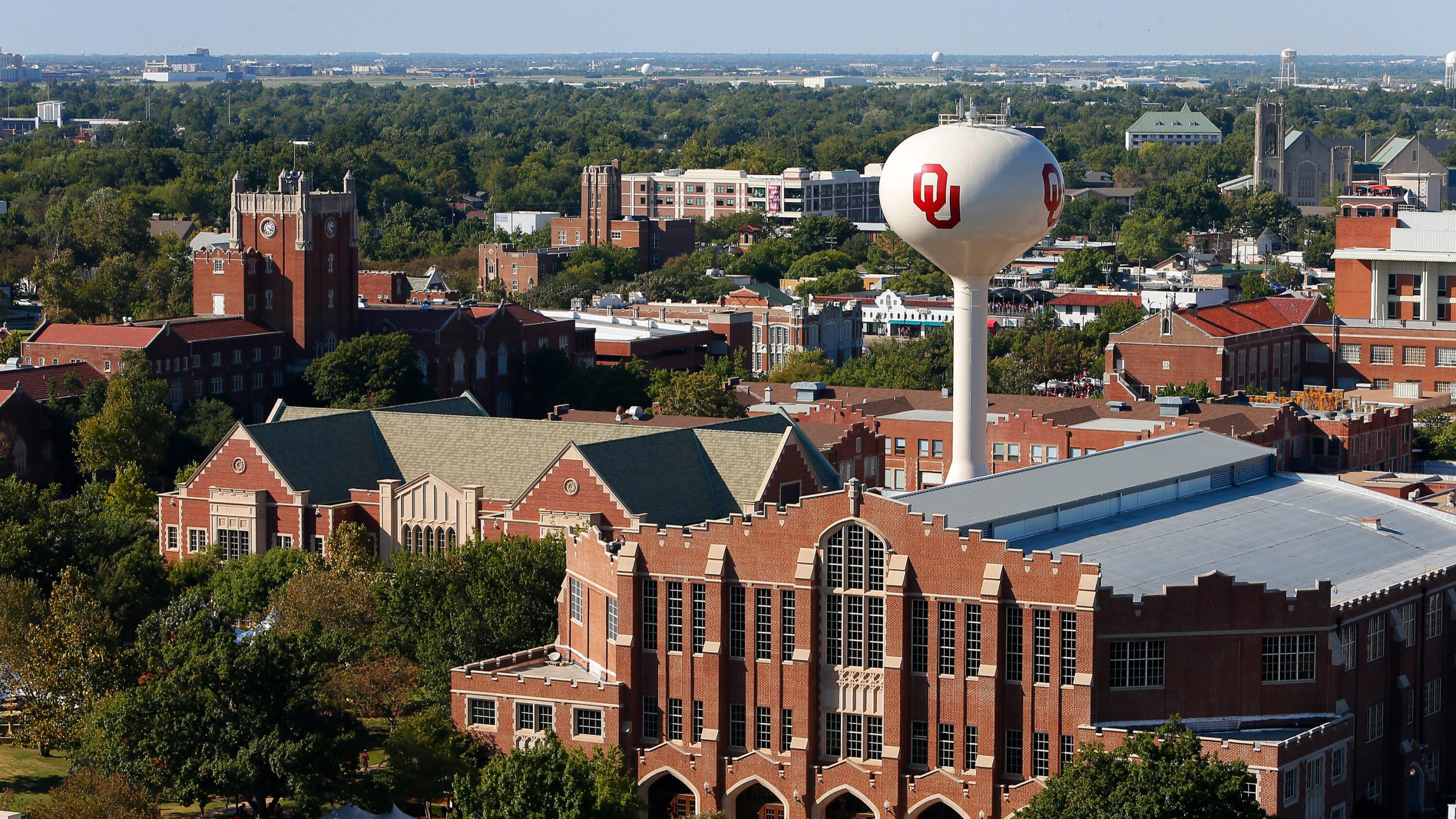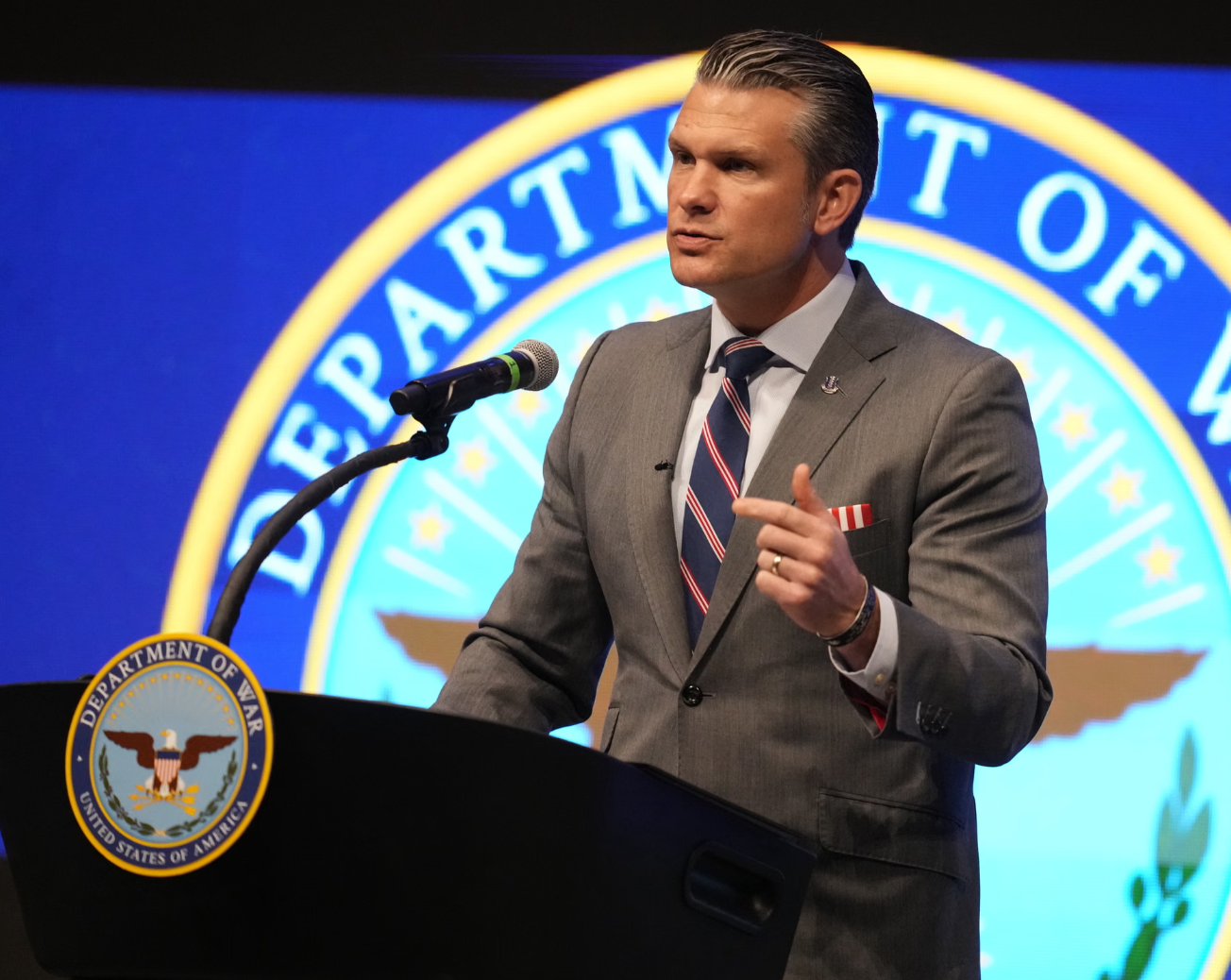She’d be a senior right now, preparing for graduation in a few months, probably leading her school’s modern dance troupe and taking art classes.
Instead, Kailani Taylor-Cribb hasn’t taken a single class in what used to be her high school since the height of the coronavirus pandemic. She vanished from Cambridge, Massachusetts’ public school roll in 2021 and has been, from an administrative standpoint, unaccounted for since then.
She is among hundreds of thousands of students around the country who disappeared from public schools during the pandemic and didn’t resume their studies elsewhere.
An analysis by The Associated Press, Stanford University’s Big Local News project and Stanford education professor Thomas Dee found an estimated 230,000 students in 21 states whose absences could not be accounted for. These students didn’t move out of state, and they didn’t sign up for private school or home-school, according to publicly available data.
In short, they’re missing.
“Missing” students received crisis-level attention in 2020 after the pandemic closed schools nationwide. In the years since, they have become largely a budgeting problem. School leaders and some state officials worried aloud about the fiscal challenges their districts faced if these students didn’t come back. Each student represents money from the city, state and federal governments.
Gone is the urgency to find the students who left — those eligible for free public education but who are not receiving any schooling at all. Early in the pandemic, school staff went door-to-door to reach and reengage kids. Most such efforts have ended.
“Everyone is talking about declining enrollment, but no one is talking about who’s leaving the system and why,” said Tom Sheppard, a New York City parent and representative on the city’s Panel for Educational Policy.
“No one,” he said, “is forthcoming.”
Apnews
Tags:kids missing




